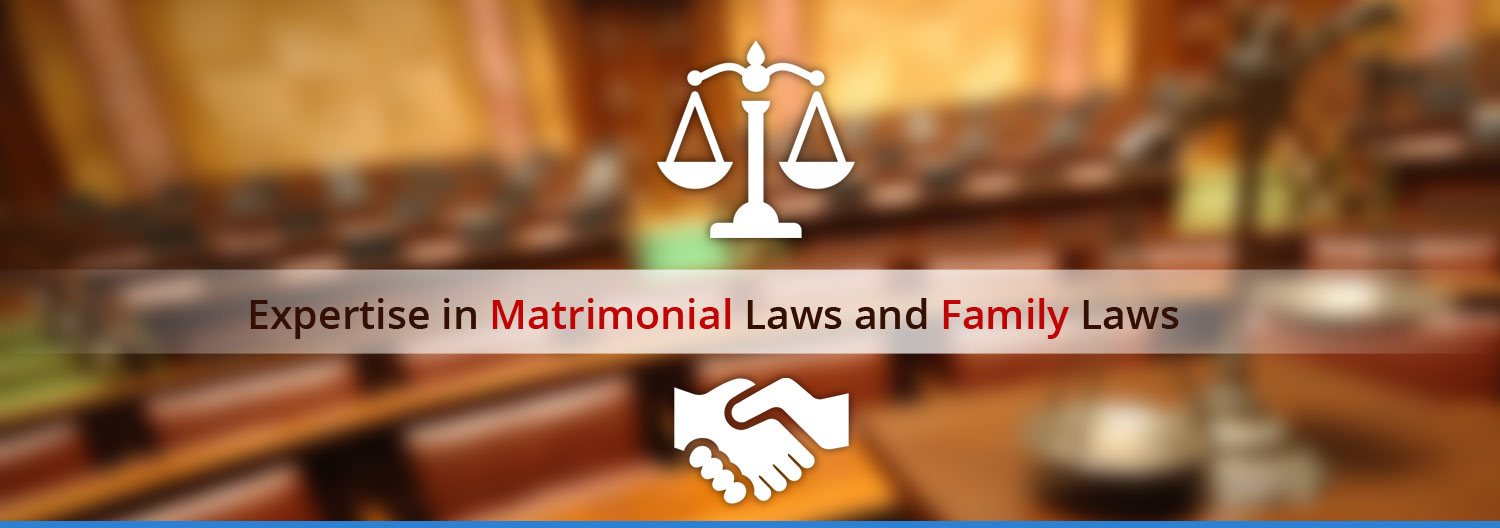Objects and Reasons.- The definition of “district court” has been modified to make it clear that where there is
a City Civil Court, it is that Court alone which shall have jurisdiction under this law. By another amendment, the power
to notify inferior Courts as districts courts for the purposes of this law is a sought to be vested in the
State Government instead of in the Central Government, as originally proposed.
(c) “full blood” and :half blood” – two persons are said to be related to each other by full blood when they are
sescended from a common ancestor by the same wife and by half blood when they
are sescended from a common ancestor but by different wives;
(d) “uterine blood” – two persons are said to be related to each other by uterine blood when they are descended
from a common ancestress but by different husbands;
Explanation.- In clauses (c) and (d), “ancestor” includes the father and “ancestress” the mother;
(e) “prescribed” means prescribed by rules made under this Act,
(f)
(1) “sapinda relationship” with reference t any person extends as far as the third generation (inclusive) in
the line of ascent through the mother, and the fifth (inclusive) in the line of ascent through the
father, the line being traced upwards in each case from the person concerned, who is to be
counted as the first generation;
(ii) two persons are said to be “sapindas” of each other if one is a lineal ascendant of the
other within the limits of sapinda relationship, or if they have a common lineal ascendant who
is within the limits of sapinda relationship with reference to each of them;
(g) “degrees of prohibited relationship” – two persons are said to be within the “degrees of prohibited relationship”-
(i) if one is a lineal ascendant of the other; or
(ii) if one was the wife or husband of a lineal ascendant or descendant of the other; or
(iii) if one was the wife of the brother or of the father’s or mother’s brother or of the grandfather’s or grandmother’s brother of the other; or
(iv) if the two are brother and sister, uncle and niece, aunt and nephew, or children of brother and sister or of two brothers or of two sisters;
Explanation:- For the purposes of clause (f) and (g), relationship includes-
(i) relationship by half or uterine blood as well as by full blood;
(ii) illegitimate blood relationship as well as legitimate;
(iii) relationship be adoption as well as by blood;
and all terms of relationship in those clauses shall be construed accordingly.
Objects and reasons.- The definition of “prohibited degrees” and “sapinda relationship” are on the lines of the
Rau committee’s Report. As has been pointed out by that committee, the strict rule prohibiting marriages within
the limits of sapinda relationships defined in the Smritis (seven and five degrees) have been considerably relaxed by
custom and the limits have, therefore, been reduced to five and three degrees, as is generally recognized now.
A definition of “prohibited degrees” is also necessary because there is the greatest diversity among Hindus in different
parts of India as to what are the prohibited degrees for marriage. The usual rule is that the parties should not be sapindas
of each other. Not only, however, has the sapinda relationship been interpreted in different ways by different authors, but
the rule itself has been subjected to modification by custom. Some kind of limit has, therefore, to be provided to prevent
incestuous marriages, subject to judicially recognized customs or well-established customs which satisfy the requirements
of the definition of that expression.
Joint Committee Report:- The definition of prohibited degrees in sub-clause (g) has been expanded so as to
include the brother’s widow, the paternal or maternal uncle’s widow, the widow of the grand-father’s or grand-mother’s brother
and the children of brother and sister. In the opinion of the Joint Committee, marriage within such relationships should be
discouraged; but wherever there is a custom to the contrary, ample recognition of such custom is contained in clause.
COMMENTS
The customs/usage is to be tested on the touchstone of the definition of custom/usage. As per reading
of the definition it is to be found that there are five ingredients of the aforesaid definition, namely
(i) it has been continuously and uniformly observed for a long time;
(ii) it has obtained the force of law among Hindus in any local area, tribe, community, group or family;
(iii) it is certain;
(iv) it is not unreasonable or opposed to public policy; and
(v) in case of a rule applicable only to a family, it has not been discontinued by the family:
Sharad Dutt v. Kiran (1997) 2 D.M.C. 643: (1997) 69 del.L.T. 510.
4. Overriding effect of Act:- Save as otherwise expressly provided in this Act,-
(a) any text, rule or interpretation of Hindu Law or any custom or usage as part of that law in force immediately
before the commencement of this Act shall cease to have effect with respect to any matter for which provisions is made in this Act;
(b) any other law in force immediately before the commencement of this Act shall cease to have effect in so far
as it is inconsistent with any of the provisions contained in this Act.
COMMENTS In view of sub-S. (2) of S. 29, overriding effect of S.4(a) will not operate subject to, of course, the existence of custom.
Thus, where customary divorce is proved to be in existence in any caste, the custom is saved. G.Thimma Reddy v.
Special Tahsildar Land Reforms, Adoni II (1993) 1 An W.R.2: (1992) 3 An. L.T.733.







